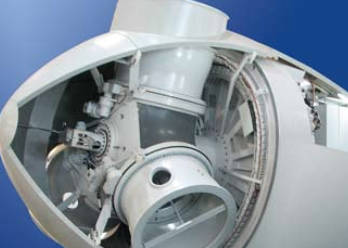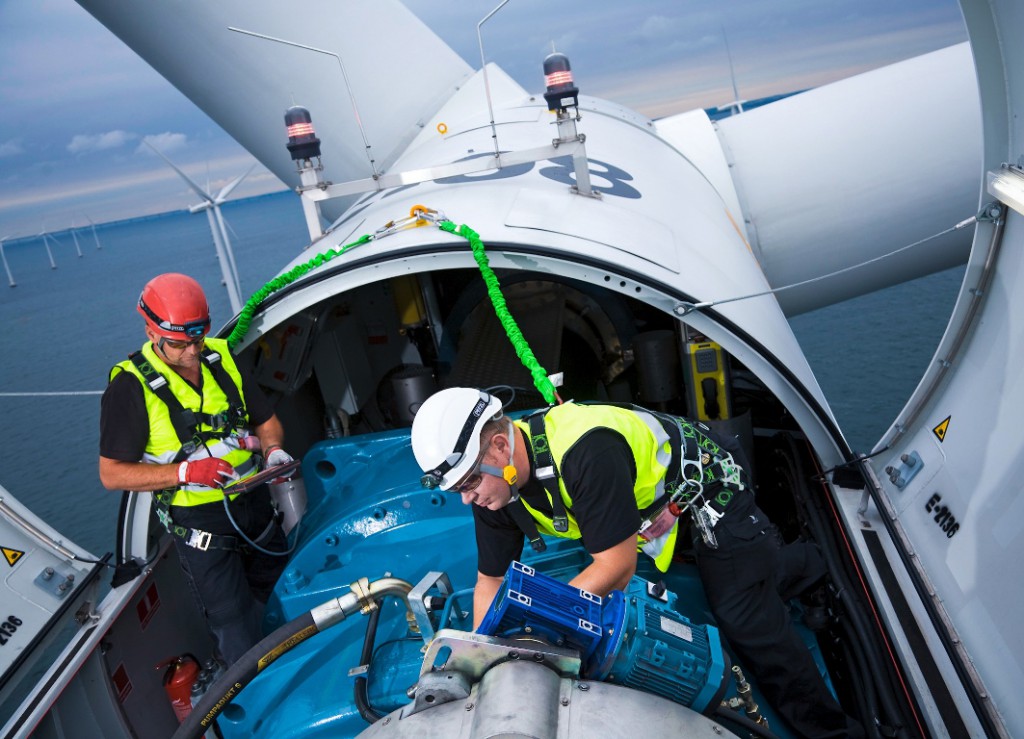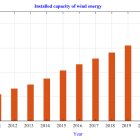Home » Vertical Axis Wind Turbine » 2000W 24V48V96V Vertical Axis Wind Turbine
2000W 24V48V96V Vertical Axis Wind Turbine
The 2000W vertical-axis residential wind turbine is intricately designed to maximize power generation while requiring minimal energy input. It offers three voltage choices: 24V, 48V, or 96V. ATO's three-blade horizontal-axis wind turbine offers an economical and feasible means of tapping into renewable energy sources.
Basic Specification:
Buy a 1000W 24V/48V/96V vertical axis wind turbine now!
Dimension (Unit: mm)
FAQ: How loud are vertical axis wind turbines?
Vertical axis wind turbines (VAWTs) are often regarded as quieter than their horizontal axis counterparts (HAWTs), primarily due to their lower rotational speeds and simpler, more compact design. However, the noise produced by a VAWT depends on various factors, such as its size and shape, wind speed, and local conditions. Studies show that VAWTs can generate noise levels ranging from 45 to 60 decibels (dB) when measured from a distance of 100 meters, comparable to the sound of typical conversation or light traffic. Nevertheless, specific VAWT designs and operating conditions can result in different noise levels. In urban or residential areas with strict noise regulations, VAWT noise may pose a concern, potentially disrupting nearby residents. To mitigate noise issues, VAWTs can be situated in less densely populated areas or incorporate noise-reduction features like acoustic enclosures or blade modifications.
Basic Specification:

Model: ATO-X9-2000
Rated Power: 2000W
Rated Voltage: 24V/48V/96V
With Controller: ATO-FM4820
Start Up Wind Speed: 2 m/s
Rated Wind Speed: 12 m/s
Survival Wind Speed: 50 m/s
Wheel Diameter/Height: 0.5m/1.5m
Buy a 1000W 24V/48V/96V vertical axis wind turbine now!
Dimension (Unit: mm)
FAQ: How loud are vertical axis wind turbines?
Vertical axis wind turbines (VAWTs) are often regarded as quieter than their horizontal axis counterparts (HAWTs), primarily due to their lower rotational speeds and simpler, more compact design. However, the noise produced by a VAWT depends on various factors, such as its size and shape, wind speed, and local conditions. Studies show that VAWTs can generate noise levels ranging from 45 to 60 decibels (dB) when measured from a distance of 100 meters, comparable to the sound of typical conversation or light traffic. Nevertheless, specific VAWT designs and operating conditions can result in different noise levels. In urban or residential areas with strict noise regulations, VAWT noise may pose a concern, potentially disrupting nearby residents. To mitigate noise issues, VAWTs can be situated in less densely populated areas or incorporate noise-reduction features like acoustic enclosures or blade modifications.
Post a Comment:
You may also like:

Featured Articles
Overvoltage Protection for Wind ...
 Due to their principle of operation, wind turbines have to be set up outdoors and are used in a wide range of ...
Due to their principle of operation, wind turbines have to be set up outdoors and are used in a wide range of ...
 Due to their principle of operation, wind turbines have to be set up outdoors and are used in a wide range of ...
Due to their principle of operation, wind turbines have to be set up outdoors and are used in a wide range of ...Wind Farm Siting, Installation and ...
 Before wind turbines can be installed, the most appropriate location or locations for them needs to be determined. The ...
Before wind turbines can be installed, the most appropriate location or locations for them needs to be determined. The ...
 Before wind turbines can be installed, the most appropriate location or locations for them needs to be determined. The ...
Before wind turbines can be installed, the most appropriate location or locations for them needs to be determined. The ...Is Wind Energy Practical for Me?
 Can I use wind energy to power my home? More people across the country are asking this question as they look for a hedge ...
Can I use wind energy to power my home? More people across the country are asking this question as they look for a hedge ...
 Can I use wind energy to power my home? More people across the country are asking this question as they look for a hedge ...
Can I use wind energy to power my home? More people across the country are asking this question as they look for a hedge ...How do Wind Turbines Work?
 Wind turbines generate electrical power in the same way as all other generation technologies. The only difference is in the ...
Wind turbines generate electrical power in the same way as all other generation technologies. The only difference is in the ...
 Wind turbines generate electrical power in the same way as all other generation technologies. The only difference is in the ...
Wind turbines generate electrical power in the same way as all other generation technologies. The only difference is in the ...What is the Wind Energy Conversion ...
 Due to technical and economic visibility, wind power has emerged as one of the most promising renewable energy sources ...
Due to technical and economic visibility, wind power has emerged as one of the most promising renewable energy sources ...
 Due to technical and economic visibility, wind power has emerged as one of the most promising renewable energy sources ...
Due to technical and economic visibility, wind power has emerged as one of the most promising renewable energy sources ...